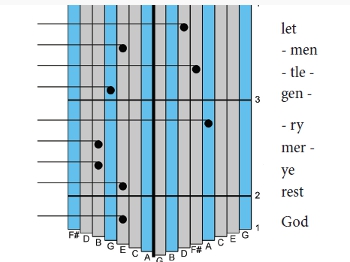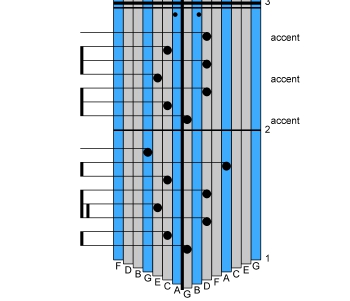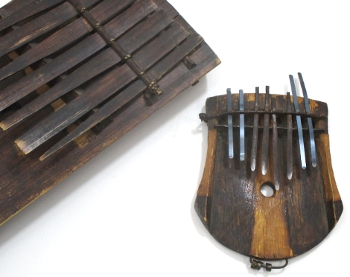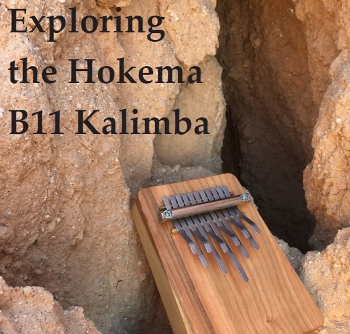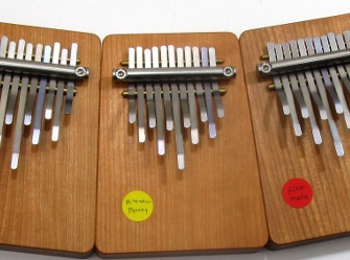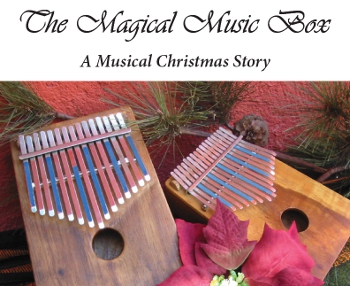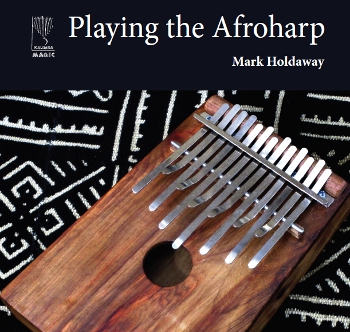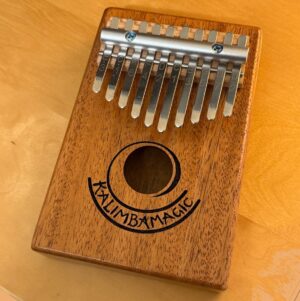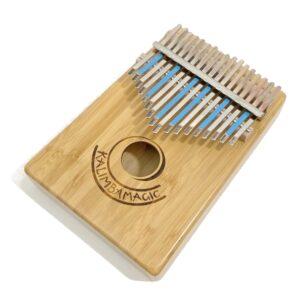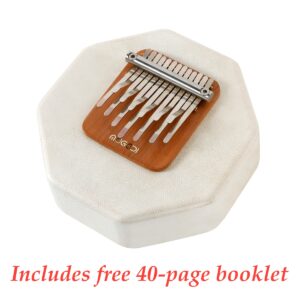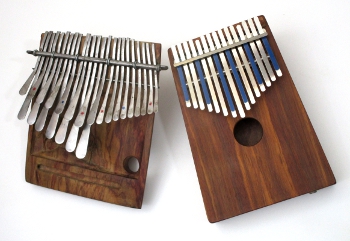
Alto Exercises to Expand Your Skills, Part 2
FAST SAME-SIDE PLAYING: AN ESSENTIAL STRENGTH FOR MAKING MBIRA MUSIC ON KALIMBA These exercises will help you play traditional mbira music on the Alto kalimba To me, traditional African mbira music is one of the best musics I have ever experienced. I feel it’s the pinnacle of African music. It has pure logic, with a spiritual core. Even though its structure is many centuries old, every time I hear it, it sounds fresh and modern to me. (You can hear two wonderful mbira songs right now by clicking in Related Articles below, on “Listen to Mark…” or the YouTube song below it.) This music is magical, speaking to a
